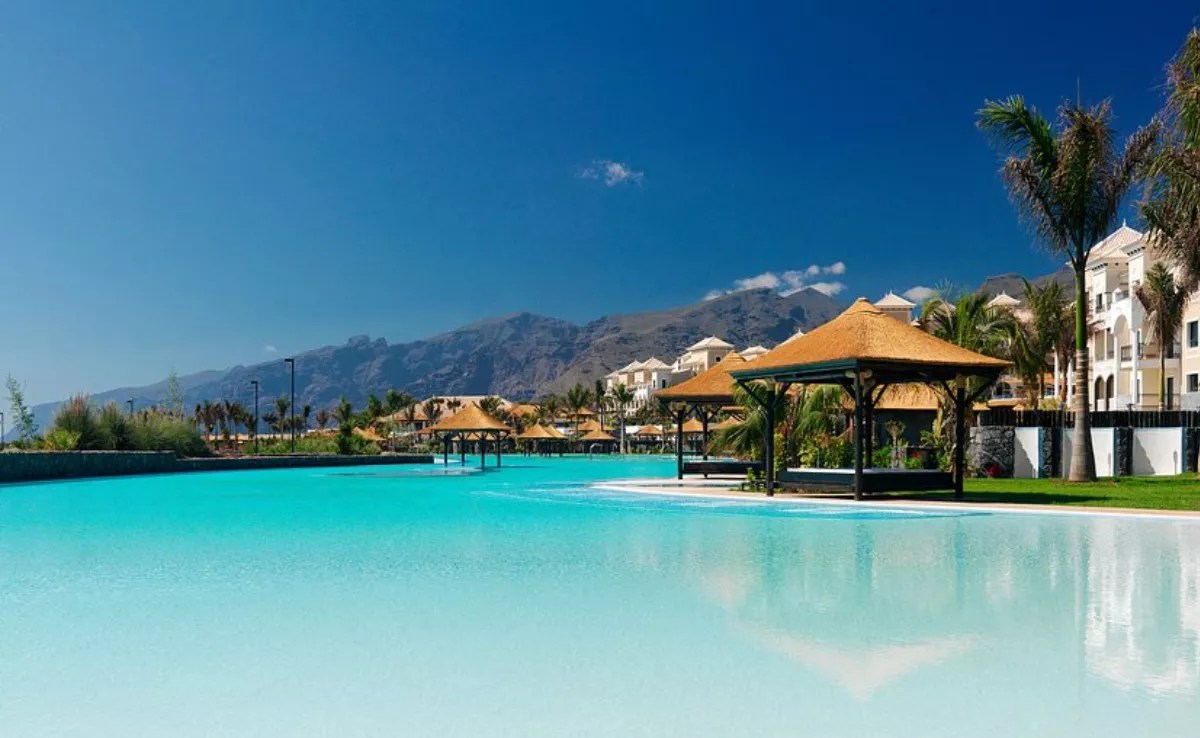The mayor of La Laguna, Luis Yeray Gutiérrez, declared yesterday that “we are planning to introduce a surcharge on the IBI for residences that remain vacant” within the municipality. This initiative aims to make these properties available on the market in response to the significant demand from residents. For this purpose, “we are currently undertaking a comprehensive study to create a specific ordinance.” At present, the municipality has identified a total of 5,123 unoccupied homes, based on data derived from annual water consumption, which accounts for 6.91% of the over 74,000 residences documented.
This statistic is part of a report compiled by the General Foundation of the ULL, commissioned by the local council via Muvisa, aimed at assessing the socioeconomic status of housing in La Laguna, and was revealed at a press conference yesterday.
Concerning this upcoming ordinance, the mayor emphasised that “our initial step will be to consult with the owners of the vacant properties to understand their circumstances, before making any decisions.” He reiterated that the national housing law is “explicit” in stating that properties must have remained unoccupied for a minimum of two years, among other stipulations. In this context, the Housing Councillor and president of Muvisa, Adolfo Cordobés, noted that this national legislation “defines which properties are considered unoccupied and the applicable surcharge, which ranges from 50% to 150%, depending on the number and duration of vacancy.”
Of the 5,123 unoccupied homes identified, three-quarters are situated in districts 1 (centre), 2 (La Cuesta, Finca España), and 3 (Taco, Las Chumberas, Geneto). The legal analysis included in this investigation also clarifies that the initiation, processing, and resolution of the declaration procedure for uninhabited properties falls under the jurisdiction of the Canary Islands Housing Institute, and that a regional registry must be established, which is currently not known to the report’s authors, as mentioned by the local council in a follow-up note. Additionally, the study examined the situation of holiday rentals in the municipality, which constitutes a mere 1.4% of the total residences, according to data from the regional registry as of June this year, primarily located along the coast and in the centre of the municipality. “While this figure may seem insignificant, we are closely monitoring regulatory changes in this sector so we can respond appropriately,” said Luis Yeray Gutiérrez.
Specifically, the data reveals a total of 1,017 holiday homes in the regional registry, which is an increase of 328 since April 2023, when the draft holiday rental legislation for the Canary Islands was published.
The director responsible for compiling the report, Eduardo Parra, stated that “we have been examining the holiday housing issue in the Canary Islands since 2018, and the data provided in the context of La Laguna did not reveal any significant impact.” In fact, he pointed out that “the growth of holiday housing in those areas is beneficial for the local economy, generating wealth and employment.”
Stressed Areas
Regarding the potential classification of stressed areas within the municipality, the local council later indicated in a statement that the study suggests that the criteria outlined in the Housing Law for such a declaration are not met based on the current data.
“The lack of access to updated and adequately disaggregated tax data has hindered the evaluation of stressed areas within the municipality,” Eduardo Parra stated in the note. Specifically, the report suggests that “a preliminary assessment indicates that none of the six districts are in this situation.”
“The study highlights the challenges in obtaining economic data from other authorities, which complicates the municipality’s preparation of a justified request for the declaration of stressed areas. This exemplifies the recent comments made by Fecam regarding the necessity for an overseen procedure by the regional Administration,” the mayor stated in his announcement. Additionally, during the press conference, the local councillor remarked on “the complications that the establishment of such stressed areas in the municipality might create,” noting that it would necessitate “converting, over a span of 20 years, 20% of social housing, which would equate to an investment of €1.5 billion, and establishing a new district comprising over 15,000 homes.” Consequently, he called for “thoroughness and integrity” when discussing this matter.















